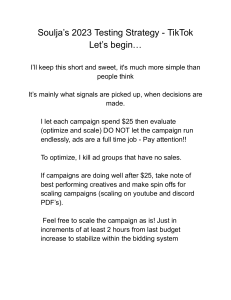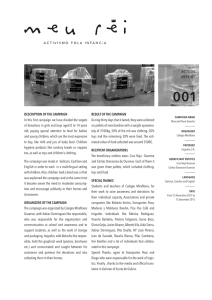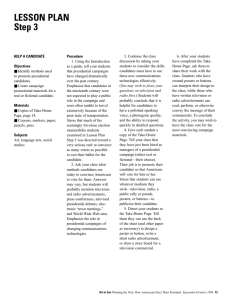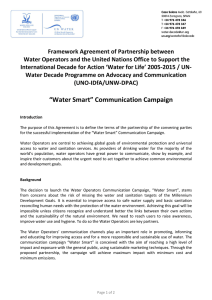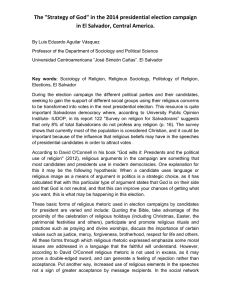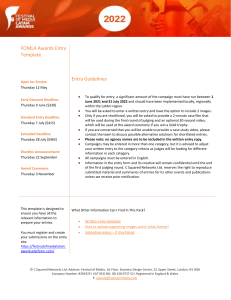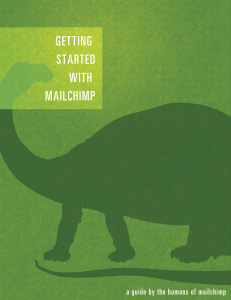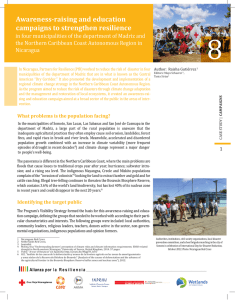The campaign trail The campaign platform
Anuncio
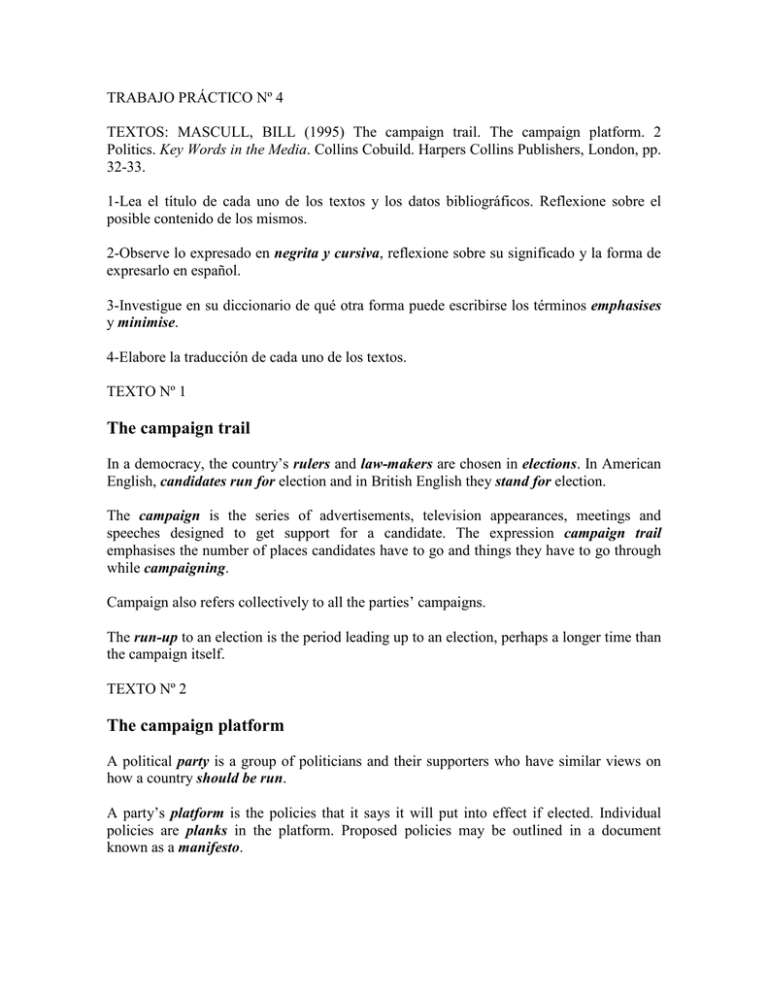
TRABAJO PRÁCTICO Nº 4 TEXTOS: MASCULL, BILL (1995) The campaign trail. The campaign platform. 2 Politics. Key Words in the Media. Collins Cobuild. Harpers Collins Publishers, London, pp. 32-33. 1-Lea el título de cada uno de los textos y los datos bibliográficos. Reflexione sobre el posible contenido de los mismos. 2-Observe lo expresado en negrita y cursiva, reflexione sobre su significado y la forma de expresarlo en español. 3-Investigue en su diccionario de qué otra forma puede escribirse los términos emphasises y minimise. 4-Elabore la traducción de cada uno de los textos. TEXTO Nº 1 The campaign trail In a democracy, the country’s rulers and law-makers are chosen in elections. In American English, candidates run for election and in British English they stand for election. The campaign is the series of advertisements, television appearances, meetings and speeches designed to get support for a candidate. The expression campaign trail emphasises the number of places candidates have to go and things they have to go through while campaigning. Campaign also refers collectively to all the parties’ campaigns. The run-up to an election is the period leading up to an election, perhaps a longer time than the campaign itself. TEXTO Nº 2 The campaign platform A political party is a group of politicians and their supporters who have similar views on how a country should be run. A party’s platform is the policies that it says it will put into effect if elected. Individual policies are planks in the platform. Proposed policies may be outlined in a document known as a manifesto. Speeches were traditionally made in Britain standing in a soapbox and in the United States on the stump, and these things are often referred to in connection with campaigning even if they are not now often actually used. People who shout out their disagreement when a politician makes a speech are hecklers, and what they do is heckle. Politicians on the stump or at or on the hustings are electioneering. Electioneering can be used neutrally to talk about what candidates do during a campaign, but it can also be used to show disapproval of ‘unfair’ methods. In this case, electioneering may be described as cynical or blatant. TEXTO 3 Whistle-stop tours and spin doctors A very fast campaigning trip, with a candidate making a lot of speeches and appearances in a lot of places in a short time, is a whistle-stop tour. A tour such as this might consist, among other things, of: rallies: large, often open-air, political events with speeches and entertainment, and walkabouts: the candidate walks about in a crowd and shakes hands, or in this political contest, glad-hands people. Candidates must be careful not to make gaffes. Gaffes are slips of the tongue or offensive remarks that damage their image: the perception that people have of them. Spin doctors or spin controllers are consultants who try to minimise the effects of gaffes, and otherwise improve the way candidates are presented in the media generally.
